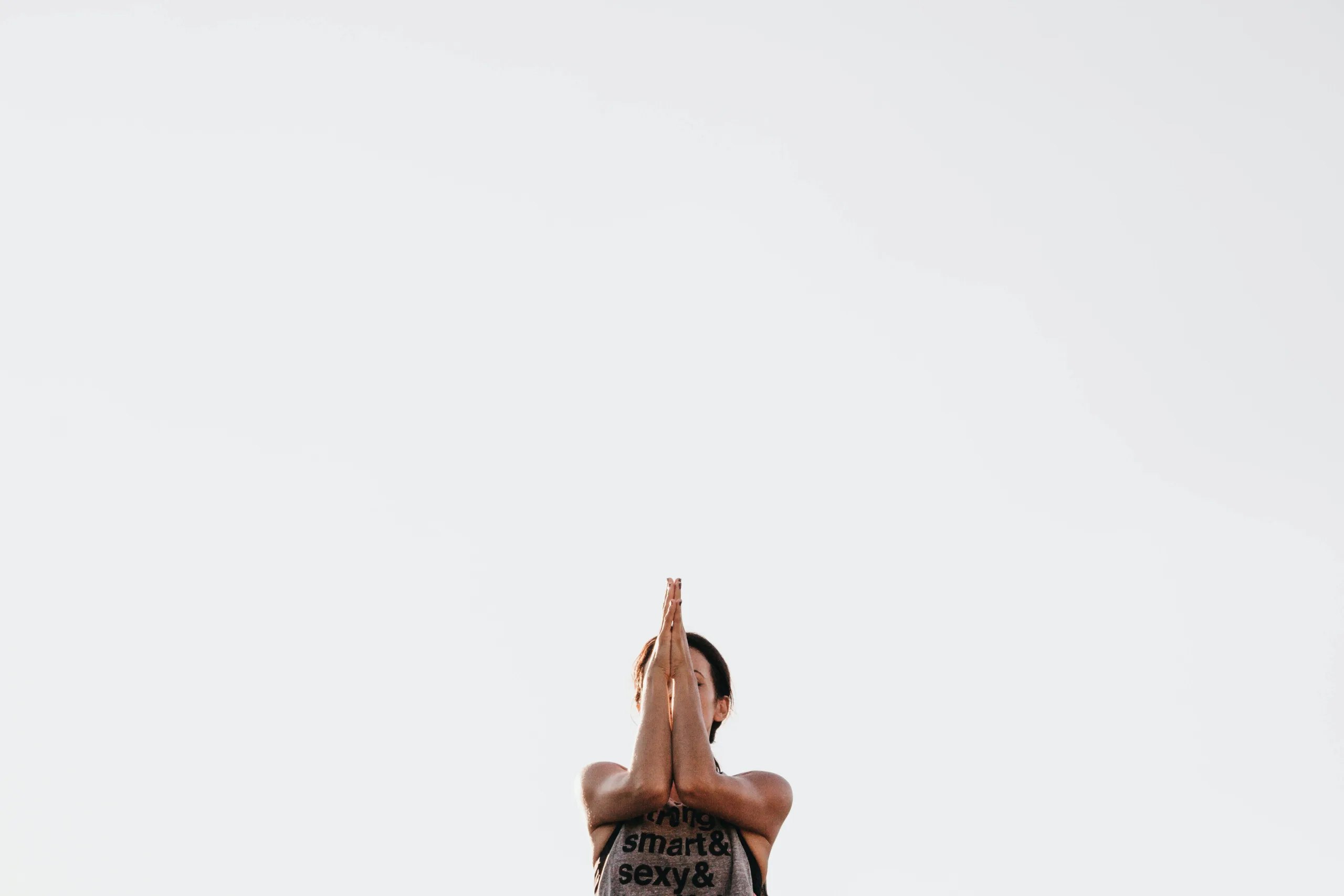Ashtanga Vinyasa Yoga: The Dynamic Path to Strength and Flexibility
1. Introduction: Exploring Ashtanga Vinyasa Yoga
Ashtanga Vinyasa Yoga, often referred to as Ashtanga Yoga, is a dynamic and physically demanding style of yoga that combines breath, movement, and focused attention. This practice follows a specific sequence of postures and is designed to build strength, flexibility, and mental clarity. In this article, we will delve into the principles of Ashtanga Vinyasa Yoga, the benefits it offers, and the recommended clothing for a comfortable practice.
Click here for more
2. Understanding the Principles of Ashtanga Vinyasa Yoga
Ashtanga Vinyasa Yoga was developed by Sri K. Pattabhi Jois in the 20th century. The practice is based on the eight limbs of yoga, as outlined by the sage Patanjali. The key principles of Ashtanga Vinyasa Yoga include:
- Breath Synchronization: Ashtanga Vinyasa Yoga emphasizes the union of breath and movement. Each posture is linked with a specific breath pattern, known as “vinyasa,” which creates a flow-like sequence.
- Tristhana: The practice focuses on three main areas of attention: posture (asana), breath control (pranayama), and gazing point (drishti). By aligning these three elements, practitioners develop a deeper sense of concentration and internal awareness.
- Progressive Series: Ashtanga Vinyasa Yoga is divided into six series of postures, each building upon the previous one. The Primary Series (Yoga Chikitsa) forms the foundation and is designed to detoxify and align the body. The subsequent series introduce more advanced postures.
3. The Primary Series: A Journey Through Asanas
The Primary Series of Ashtanga Vinyasa Yoga is a comprehensive sequence that systematically works through various groups of asanas (postures). The sequence begins with sun salutations (Surya Namaskar A and B) to warm up the body and establish a steady breath. It then progresses through a series of standing, seated, and finishing postures, incorporating forward bends, twists, backbends, and inversions.
Some key asanas in the Primary Series include:
- Tadasana (Mountain Pose): Standing posture to establish alignment and focus.
- Uttanasana (Standing Forward Bend): Forward fold to lengthen the spine and stretch the hamstrings.
- Chaturanga Dandasana (Four-Limbed Staff Pose): A challenging transition that builds strength in the upper body and core.
- Urdhva Mukha Svanasana (Upward-Facing Dog): Backbend that strengthens the arms, wrists, and spine.
- Adho Mukha Svanasana (Downward-Facing Dog): Inverted pose that stretches the whole body and builds endurance.
- Padmasana (Lotus Pose): Seated posture for meditation and deep hip opening.
4. The Benefits of Ashtanga Vinyasa Yoga
Ashtanga Vinyasa Yoga offers a wide range of benefits for both the body and mind. Some of the key benefits include:
- Strength and Flexibility: The practice builds functional strength and increases flexibility in the muscles, joints, and connective tissues.
- Stress Reduction: The synchronized breath and movement help calm the mind and release tension, promoting a sense of relaxation and well-being.
- Improved Focus and Mental Clarity: Ashtanga Vinyasa Yoga cultivates concentration and mindfulness, enhancing mental clarity and improving cognitive function.
- Detoxification and Energy Flow: The dynamic nature of the practice generates heat and stimulates circulation, supporting the elimination of toxins and promoting energy flow throughout the body.
- Enhanced Body Awareness: Regular practice develops a deep connection between the body, breath, and mind, allowing practitioners to become more attuned to their physical and energetic state.
5. Practicing Ashtanga Vinyasa Yoga: Clothing Recommendations
Choosing appropriate clothing for your Ashtanga Vinyasa Yoga practice can enhance your comfort and freedom of movement. Consider the following recommendations:
- Breathable Fabrics: Opt for moisture-wicking and breathable fabrics, such as cotton or synthetic blends, that allow for proper air circulation and help keep you cool during the practice.
- Fitted Tops: Choose tops that fit well and provide support, allowing for freedom of movement without excess fabric getting in the way.
- Flexible Bottoms: Select leggings, shorts, or pants with a stretchable material that allows for a full range of motion in various postures.
- Comfortable Undergarments: Wear undergarments that offer support and comfort, allowing you to focus on your practice without distraction.
Remember, the clothing you choose should allow you to move freely and comfortably while maintaining modesty and promoting mindfulness during your practice.
6. FAQs (Frequently Asked Questions)
6.1 What is Ashtanga Vinyasa Yoga?
It is a dynamic and physically demanding style of yoga that follows a specific sequence of postures. It emphasizes breath synchronization, attention to alignment, and a progressive series of asanas to develop strength, flexibility, and mental focus.
6.2 Is Ashtanga Vinyasa Yoga suitable for beginners?
Ashtanga Vinyasa Yoga can be challenging for beginners due to its physical intensity and structured sequence. However, with proper guidance and modifications, beginners can gradually build their practice and benefit from the transformative aspects of the practice.
6.3 How is Ashtanga Vinyasa Yoga different from other yoga styles?
Ashtanga Vinyasa Yoga differs from other yoga styles in its emphasis on a specific sequence of asanas, breath synchronization, and attention to drishti (gazing point). It follows a progressive series and promotes strength, flexibility, and mental discipline.
6.4 What is the role of breath in Ashtanga Vinyasa Yoga?
The breath plays a crucial role. It serves as a guide for movement, creates internal heat, and helps maintain focus and mindfulness throughout the practice. The synchronized breath and movement promote a meditative state and energy flow.
6.5 Can Ashtanga Vinyasa Yoga help with weight loss?
It can support weight loss when practiced regularly in conjunction with a balanced diet and a healthy lifestyle. The physical intensity of the practice, combined with its cardiovascular benefits and potential calorie burn, can contribute to weight management.
7. Conclusion
Ashtanga Vinyasa Yoga offers a transformative journey of self-discovery, strength building, and mental focus. Through its dynamic sequence of postures, breath synchronization, and progressive series, practitioners can cultivate physical vitality, mental clarity, and inner awareness. Remember to choose comfortable and suitable clothing to enhance your practice and enjoy the profound benefits of this powerful yoga style.
